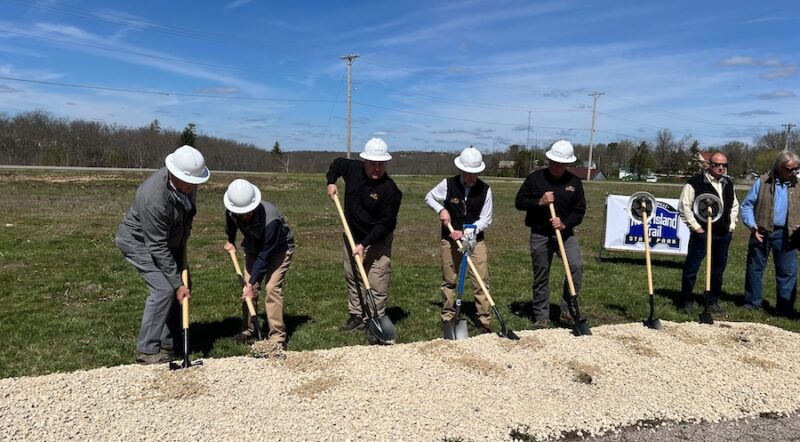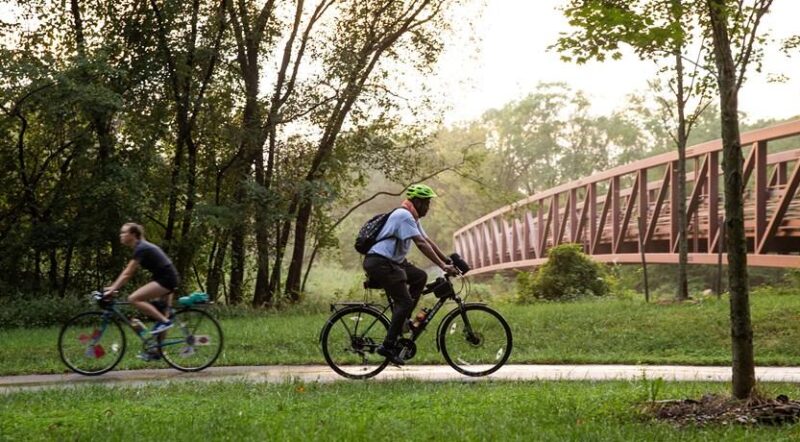18 Months In: What’s the Impact of the Bipartisan Infrastructure Law for Trails, Walking and Biking?
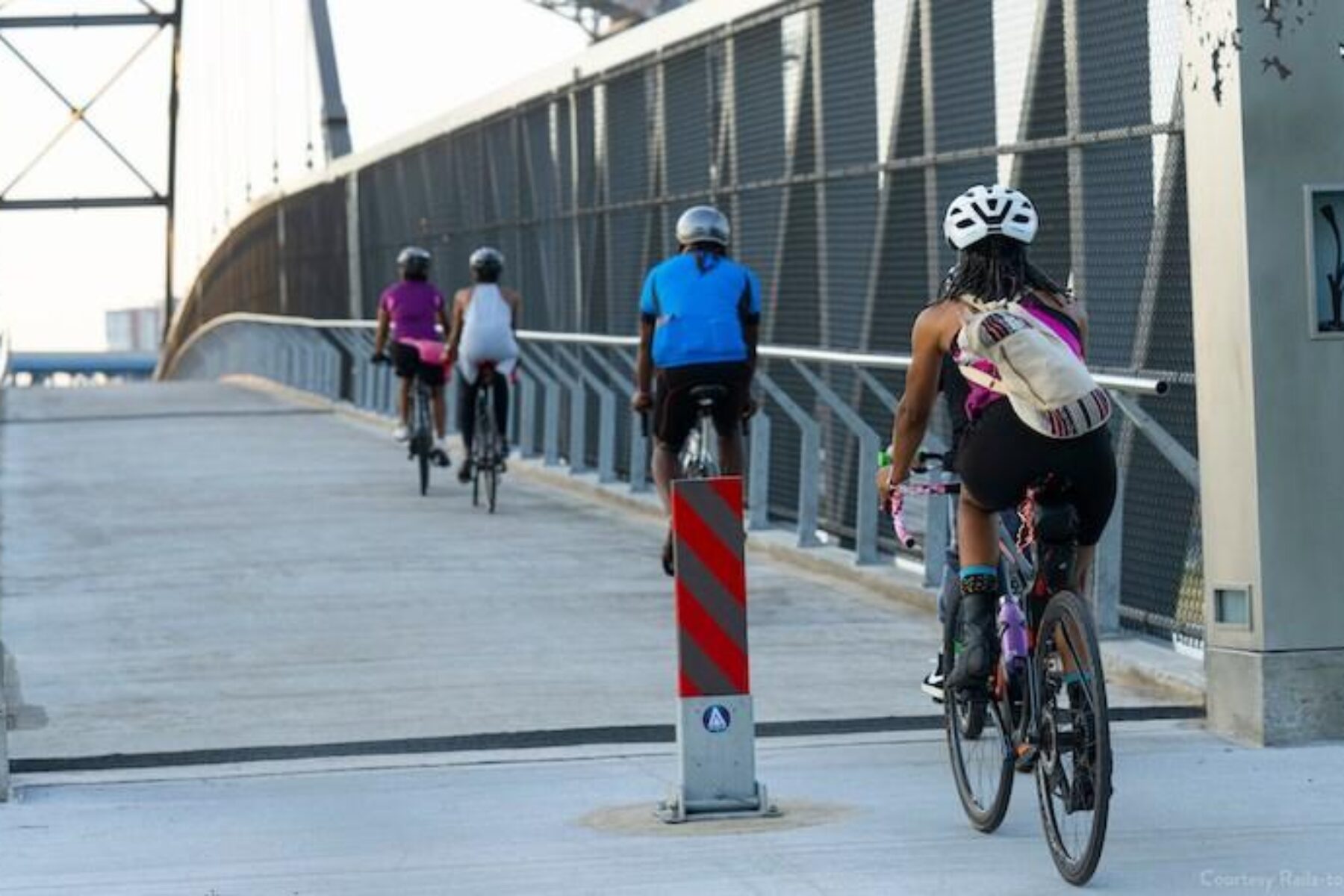
In November 2021, the trails and active transportation community celebrated the passing of the Bipartisan Infrastructure Law (BIL), which ushered in unprecedented funding for trails—as well as new opportunities to create and connect the infrastructure people need to walk, bike and be active outside. Within the bill was record-level funding for existing programs—including major increases in funding for active transportation programs such as Transportation Alternatives (TA)—significant policy changes, and new eligibilities and programs prioritizing safety, equity and climate.
In the time since the BIL has passed, Rails-to-Trails Conservancy (RTC) and partners know more about what’s possible and what work lies ahead following initial rounds of funding for many of the programs included. We’re starting to see where the policy changes in the legislation are changing priorities and practices, and are helping to accelerate strategic active-transportation investments that will make it easier for people to get where they want to go, whether or not they have a car. We’re also beginning to understand how major priorities like climate, safety and equity are being addressed by the law, and what we can do collectively to maximize this opportunity—and our impact.
Eighteen months in … what progress has been made? What remains incomplete or unfinished? And what can our movement do to take full advantage of this once-in-a-generation moment?
Related: New Federal Funding for Safe Walking and Biking Routes Could Help Meet Booming Demand
Major Changes to Dedicated Funding Sources
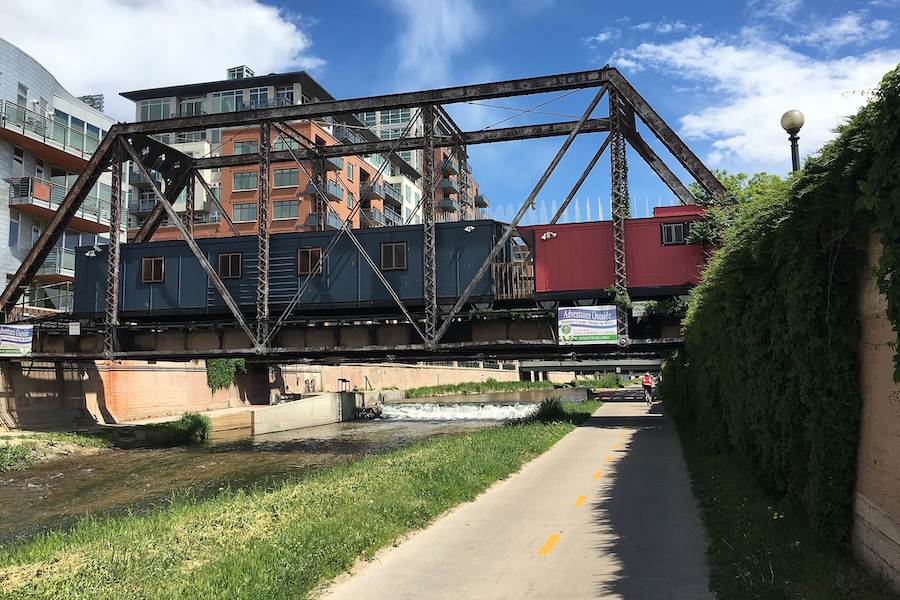
Dedicated funding for active transportation, including trails, represents the largest share of funding for these projects. Within the BIL, there were several exciting policy changes to TA, which, along with the Recreational Trails Program, is the largest federal funding source for active transportation, including trails. The program received 70% more funding on average under the BIL, going from $850 million in fiscal year (FY) 2021 to $1.38 billion in FY 2022, and our analysis shows that this increased funding begins to address the backlog of unmet demand for active transportation infrastructure. Additionally, the BIL enabled states to spend up to 5% of their funding on technical assistance, and we have seen evidence that some states are utilizing this funding to equitably distribute TA funds.
The transferring of TA funding is now severely restricted—limited to situations in which a state can demonstrate that after a competitive application cycle and providing technical assistance, there is still insufficient demand for TA-eligible projects. Thus far, this change has severely limited efforts by states to transfer funds out of the program, resulting in more TA projects being supported. Trail maintenance is now eligible for TA funding as well—ultimately ensuring more trails around the country remain accessible and safe to use.
The new Active Transportation Infrastructure Investment Program (ATIIP), authorized at $200 million as part of the BIL, received its first annual appropriation of $45 million for 2023. The ATIIP will establish competitive grants that strategically invest in projects that connect active transportation networks and spines, accelerating local and regional plans to create safe and convenient walking and biking routes to everyday destinations, and to fill gaps in trails between communities.
This unique program will enable communities to build from existing walking and bicycling infrastructure to safely connect people to day-to-day destinations, while also creating opportunities for sustainable transportation and recreation. RTC is actively advocating for $200 million for ATIIP funding in FY 2024 to match its authorized level and enable the large-scale strategic investments in gap-filling that were envisioned for the program. We anticipate the U.S. Department of Transportation (USDOT) will release additional information on ATIIP funding later this year.
Progress on Safety
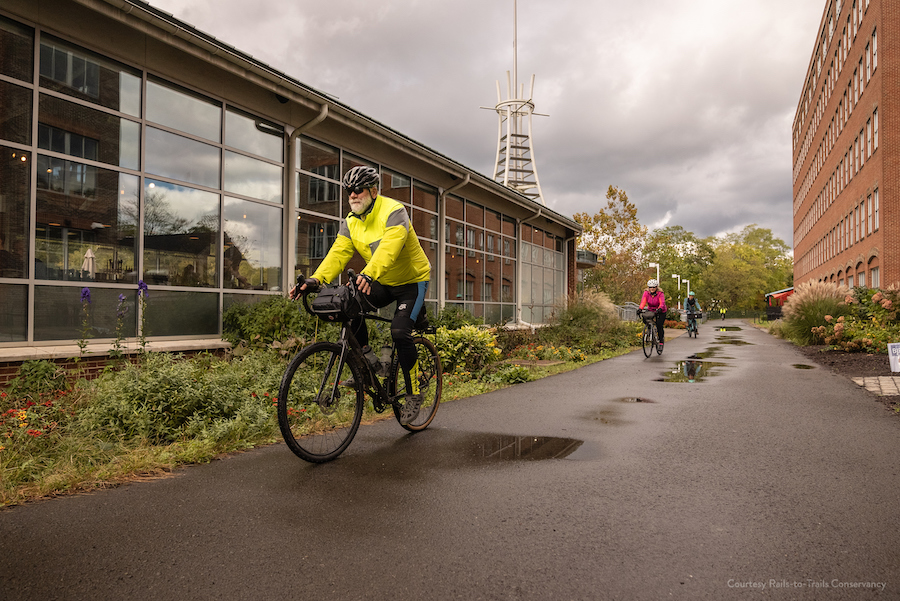
With the BIL’s passage, new policies and eligibilities for trails, walking and biking have the potential to make vulnerable road users safer—and safety has proven to be a priority in grantmaking across programs.
The Safe Streets and Roads for All Program (SS4A) is a discretionary grant program aimed at preventing serious injuries and fatalities that occur on our nation’s roadways. The first cycle of SS4A funding awarded earlier this year directed nearly half of all construction grants to projects that include traffic-separated connectivity, and nearly all the grants accounted for the needs of bicyclists and pedestrians. This emphasis on safe active-transportation routes in the first funding cycle underscores the recognition by communities that investing in connected active-transportation infrastructure—separated from vehicle traffic—is a critical strategy for pedestrian and bicyclist safety.
A new round of SS4A funding is currently open, presenting significant opportunities for communities to complete their trail and active transportation networks.
Under the BIL, the Highway Safety Improvement Program (HSIP) received new funding and noteworthy changes. The HSIP now mandates certain states spend 15% or more of their HSIP funds to address safety improvement for vulnerable road users. States are required to do so if 15% or more of the community’s annual crash fatalities are bicyclist or pedestrian fatalities. Over 30 states are impacted by this new rule. This change could account for hundreds of millions of dollars dedicated to pedestrian and bicycle safety improvements across the country.
Prioritizing Equity
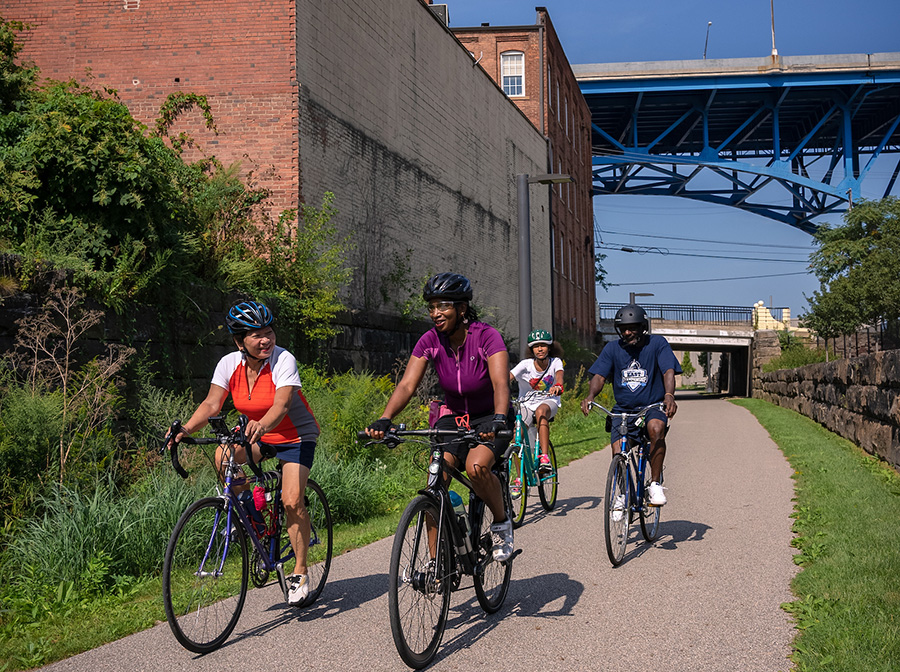
The BIL recognizes that trails and active transportation are important to equity by reducing barriers to mobility and access. Active transportation—and transportation options in general—have been historically inaccessible to many communities, and these barriers have disproportionately impacted Communities of Color and low-income communities throughout the country. The BIL seeks to address these inequities and has expanded existing funding programs and created new programs focused on equity.
One such existing grant program, Rebuilding American Infrastructure and Sustainability Equity (RAISE), formerly known as TIGER and BUILD, received $7.5 billion in supplemental funding over five years, a substantial increase from years prior to the signing of the BIL. Large scale active-transportation projects have been consistently competitive under RAISE, including a substantial constructure project in St. Louis, Missouri, and Spartanburg County, South Carolina, and a bike and pedestrian planning project in Cleveland, Ohio.
The Reconnecting Communities Pilot Program (RCP) is a new program created by the BIL that issued its first funding awards earlier this year. The pilot program is designed to “reconnect communities that are cut off from opportunity and burdened by past transportation infrastructure decisions.” Many projects included bicycle and pedestrian infrastructure, reinforcing the importance of walking and bicycling connections in overcoming historic barriers to equitable mobility and access.
Opportunities on Climate
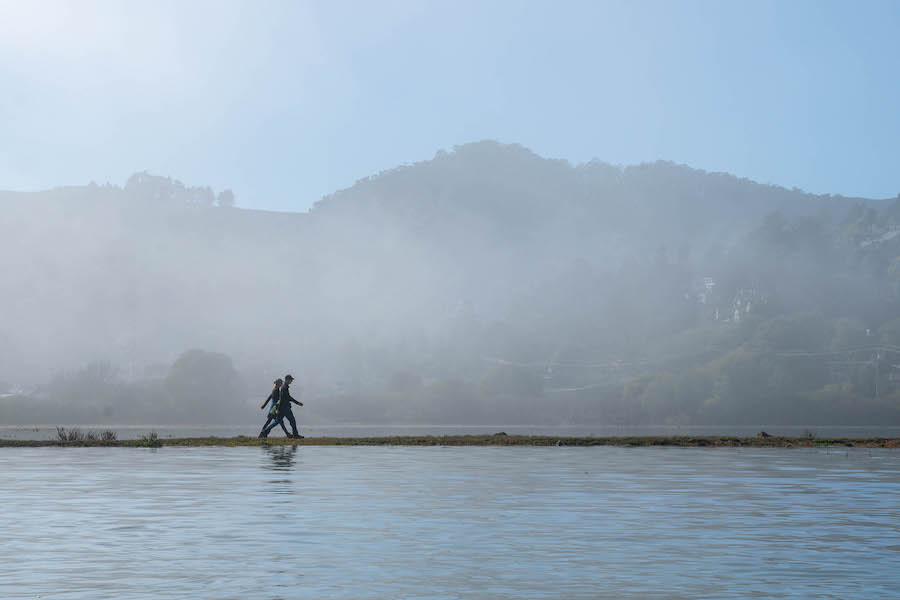
With the transportation sector contributing the largest share of U.S. greenhouse gas emissions, investing in active transportation to provide emissions-free mobility is important for reducing the nation’s carbon footprint. Recognizing the need to lower emissions from transportation, the BIL includes new climate funding programs with active transportation eligibilities. These programs will be transformative for trails, walking and biking, as they recognize the important role that active transportation plays, not only in carbon reduction, but also in mode shift.
One such new program with trail eligibility is the Carbon Reduction Program (CRP), a multimodal formula funding program. The first cycles of funding have been released, yielding several significant trends in states. First, state departments of transportation (DOTs) and metropolitan planning organizations (MPOs) are able to transfer funding directly into the TA program—explicitly mentioned as an eligibility under the BIL—and we have seen multiple state DOTs take advantage of this opportunity to fund TA projects. Second, state DOTs are emphasizing the importance of both connectivity and traffic separation in their project selection criteria.
Both tactics are designed to ensure that trails play a central role in mode shift and that trails can get people to everyday destinations, thus reducing vehicle miles traveled, and emissions.
How Can RTC Help, and What Should You Be Doing Now?
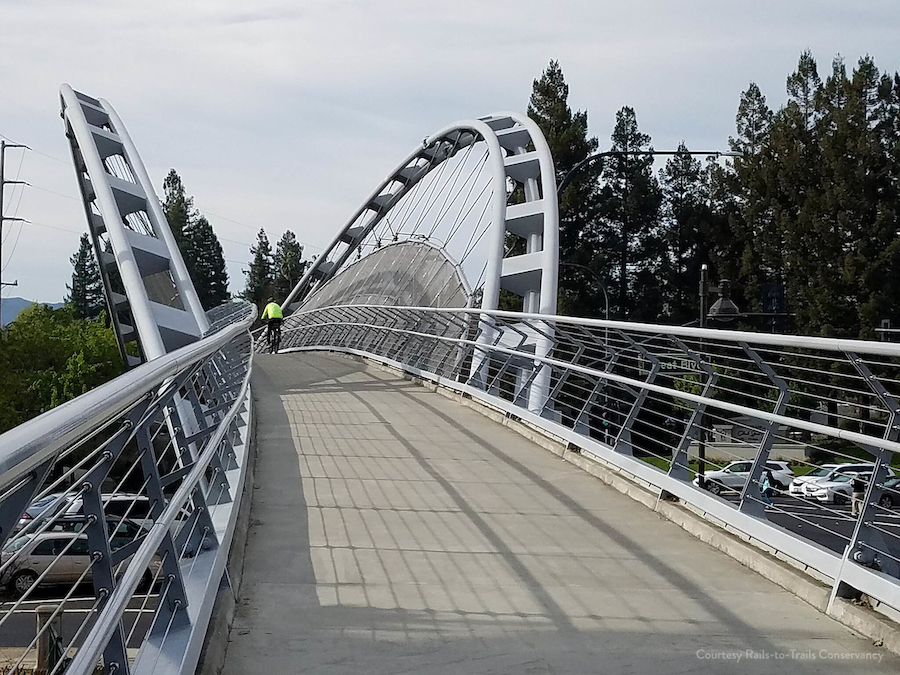
A year and a half into the BIL, many trail-eligible funding sources outlined above have provided robust funding for both planning and construction grants for active transportation projects across the country. But what is next for our movement?
Some important applications cycles will begin soon or are open now, including SS4A, Reconnecting Communities and RAISE. We encourage you to begin working on applications now, if you haven’t already.
In addition, the USDOT is investing in technical assistance through the new Thriving Communities Program. RTC is part of Main Street America’s team to provide deeper technical assistance to communities chosen by the USDOT to receive help. We look forward to sharing with you what we learn from contributing to that process and encourage you to consider applying for Thriving Communities as well.
Demand for projects still outweighs funding, and advocating for additional funding for transformative trail projects is a significant priority for RTC. One of our biggest advocacy priorities is securing full funding for the new dedicated active-transportation connectivity grant program established by the BIL. We expect the Federal Highway Administration to solicit applications for the $45 million appropriated for FY 2023 later this year, and RTC will keep you abreast of this opportunity as it unfolds.
We encourage you to contact your representative and senators today to tell them the importance of supporting funding that will fill gaps in your region’s walking and bicycling networks. Please ask them to fund the Active Transportation Infrastructure Investment Program at $200 million for FY 2024.
Opportunities for trails, walking and bicycling continue to unfold, with more funding than ever before to complete and connect America’s active transportation systems. Now is the moment to seize these opportunities, which have the potential to transform thousands of communities across the United States.
Once-in-a-Generation Funding Opportunities for Trails, Walking and Bicycling
Federal funds are flowing at an unprecedented rate from an array of new and pre-existing infrastructure programs. RTC has tools and resources to help you identify which opportunities may be right for you, when to prepare, and how to apply.
Our federal funding page has many resources that can help you learn about all the funding sources mentioned above. Check out our federal funding tool on that page, which will help you narrow which sources may be right for your projects.
RTC also tracks when funding opportunities become available and sends alerts with advice on how to prepare and maximize your competitiveness. To receive notifications about these opportunities, sign-up to receive policy alerts and our Inside Track newsletter.
You can also learn more trail network news and technical insights on trail development and advocacy by signing up for our TrailNation™ Collaborative mailing list.

Donate
Everyone deserves access to safe ways to walk, bike, and be active outdoors.

